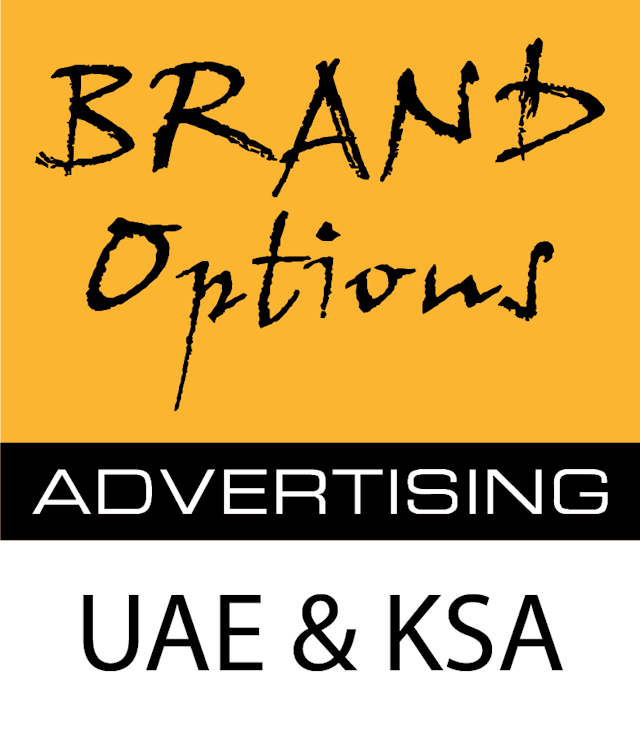Lighting, layout, and flow are the foundational elements that define a successful retail fit out. They merge practicality with creativity, shaping an environment that not only looks appealing but also encourages patrons to interact with products.
The seamless integration of these three factors can significantly impact customer experiences and drive higher conversions.
The Power of Lighting
Lighting sets the tone and mood of a retail space. A well-lit store creates a welcoming ambiance, ensuring that customers feel comfortable while browsing. Strategic lighting placement highlights key products, drawing the customer’s eye towards high-value or seasonal items. Bright and dynamic lighting can evoke energy, making the space feel lively, while warmer, subtle tones promote relaxation and deeper exploration of the store.
Modern technology offers advanced solutions like adjustable LED lights that cater to different times of the day or specific promotional themes. Experimentation with lighting intensity can even influence purchasing behaviour. For instance, soft lighting may encourage people to linger longer, increasing the likelihood of making a purchase. Proper lighting turn a store from a simple space into an inviting destination.
Smart Layout Design
Effective layouts captivate interest and create paths for discovery. A strong retail layout reduces barriers for customers, making their shopping experience intuitive and effortless. Adopt a retail fit out design approach that is customer-centric, considering how they interact with different sections of the store. Popular layout formats include grid designs for efficient organisation, free-flow layouts for creativity, and racetrack styles to encourage deeper exploration.
Positioning items strategically is a significant aspect of layout design. High-demand products should grab attention at the first point of contact, while impulse products fit perfectly near checkout counters. Furthermore, giving customers adequate space to move between aisles fosters comfort and minimises friction. A carefully thought-out layout can greatly enhance the shopping experience, subtly guiding customers from one section to another.
The Importance of Flow
Flow bridges the balance between lighting and layout, defining how customers experience your retail space holistically. It is the rhythm that allows every other design element to sync seamlessly. Flow ensures that all areas of your business feel connected rather than isolated. It guides customers naturally across the store without feeling overwhelmed or rushed.
The movement from display to checkout should unfold in an organic manner. Intersections, clear signage, and optimal product zoning improve this process. Simple adjustments, like organising similar products into clusters or creating cosy lounging corners, encourage meaningful interaction with your offerings. Proper flow also accounts for dwell areas where customers might take a moment to pause. These areas can boost engagement and create more time for connection with the brand.
Synchronising the Trifecta
When lighting, layout, and flow work in harmony, they elevate the retail experience into something memorable. This synergy not only meets aesthetic goals, but also achieves functional ones, both vital for retaining customers and maximising conversions. For example, a free-flow format complemented with warm lighting can inspire exploration, while clear paths and thoughtfully arranged displays ensure customers encounter exactly what they need.
Additionally, adapting design choices based on customer behaviour increases success rates even further. For instance, regular updates to the layout and lighting for seasonal trends keep the space fresh and exciting. Data tracking customer movement can also refine floorplans over time, creating iterative improvements.
Maximising Conversions
Ultimately, retail fit out design is a key driver for conversion. A well-crafted space gives customers reasons to stay, engage, and purchase. Thoughtfully curated choices in lighting, layout, and flow build emotional connections with those who visit. Beyond aesthetics, these factors work behind the scenes, instilling trust and ease through functional turns. Shoppers are less likely to abandon visits and more likely to invest in a space that “feels right.”
Investing in superior materials, high-functioning technology, and innovative concepts directly impacts your business’s bottom line. This trifecta of lighting, layout, and flow amplifies effectiveness in delivering a brand message while continuously fostering loyalty.


